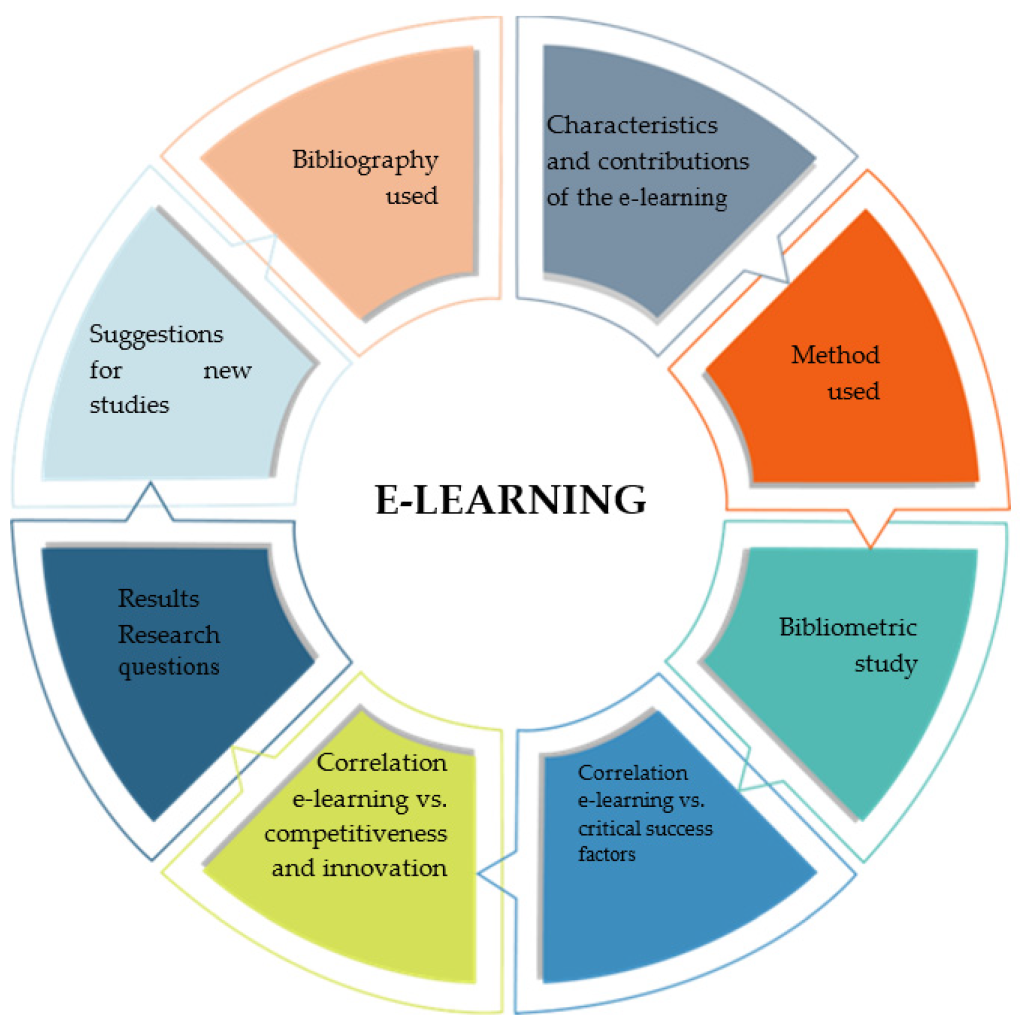
Feedback in eLearning is essential for the enhancement of both teaching strategies and student performance. However, providing criticism without discouraging learners is an art form. Here are six strategies to help educators deliver constructive feedback that motivates and supports effective learning.
1. Be Specific and Objective:
Avoid vagueness as it can lead to confusion. Constructive feedback should pinpoint specific elements of the learner’s work. For example, instead of saying “Good job,” you could say, “Your analysis of the historical events was detailed and showed a deep understanding of the context.”
2. Use the Sandwich Method:
This technique involves starting with positive feedback, following it with constructive criticism, and ending on a positive note again. The aim is to balance praise with critique, ensuring the learner feels valued while understanding areas for improvement.
3. Focus on Behavior, Not the Individual:
Constructive feedback should address specific behaviors or outcomes rather than personal traits. For instance, saying “You need to manage your time better” is more helpful and less personal than “You are disorganized.” This approach helps maintain a positive environment where the learner can grow.
4. Offer Guidance for Improvement:
Feedback becomes actionable when accompanied by suggestions or resources for improvement. Providing learners with clear steps or tools they can use to enhance their work encourages them to take initiative in their learning process.
5. Be Timely:
Timeliness is critical in eLearning environments where immediate application of feedback is possible. Provide feedback as soon as possible after submissions or assessments so that learners can quickly apply your suggestions.
6. Encourage Self-Reflection:
Prompting learners to reflect on their own work can be a powerful tool for self-improvement. Asking questions like “What do you think went well?” or “How could this be improved next time?” guides learners toward autonomous critical thinking skills.
By incorporating these methods into your eLearning strategy, you ensure that feedback is not only informative but also empowering, guiding learners towards becoming more capable and autonomous individuals in their educational journey.
